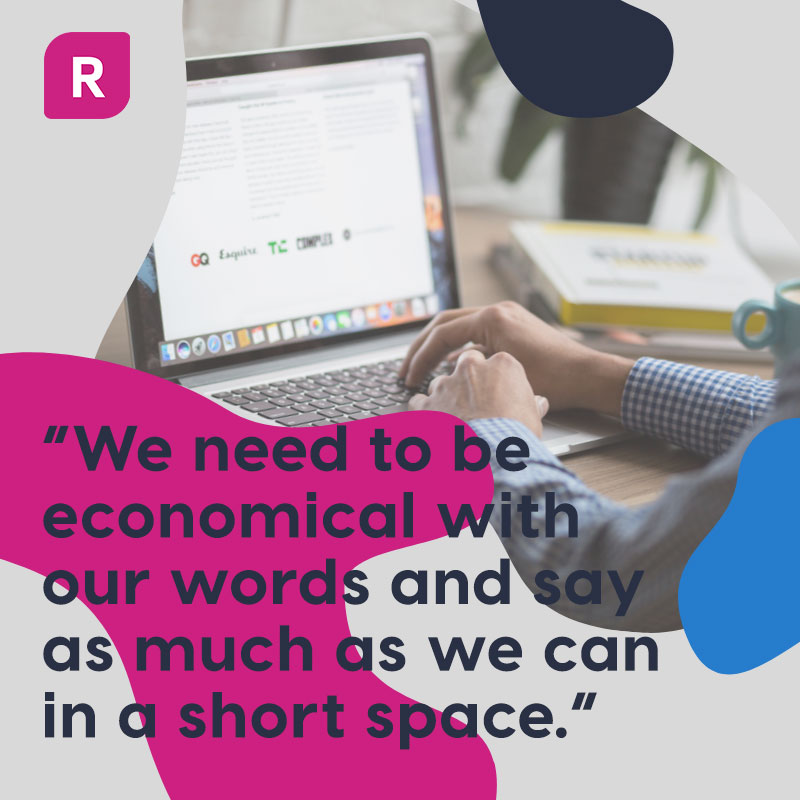Since email’s conception, there have been a host of other methods of communication developed - but email is still the most commonly used in the workplace. What are some common email faux pas, and how can we do better?
Is email still important?
Some may say with the advent of workspace apps such as Slack (hey, we have an integration for that), email is becoming a dying art. But for many companies, email is still at the centre of internal communication, and for and B2B and B2C written interaction. Over half the world’s population still use email in 2019.
According to a study by The Radicati Group, the total number of business and consumer emails sent will exceed 293 billion in 2019.
Needless to say, that’s a lot of emails. Just seeing that number stresses me out - like many others, I’m afflicted with the need to be at “inbox zero”.
Because not only do we use email daily for work - we’re also inundated with marketing and B2C emails in our everyday lives.
With our inboxes ever-expanding, it’s always important to know how to communicate effectively at the workplace. Especially as more and more workplaces are facilitating flexible and remote working and it’s no longer a given that all employees are within the same four walls at the same time.
With our inboxes ever-expanding, it’s always important to know how to communicate effectively at the workplace.
It’s crucial, then, for us to know how to communicate and make our emails easier to read:
- Making our point concisely
- Communicating politely
- Getting our purpose across effectively
- Having consideration for the other person’s time
This can be difficult to do, not least because two-thirds of people ignore emails at work, according to this SlickText study.
Fewer emails mean more happiness
As I write this blog post, it’s National Work Life Week here in the UK. A time for companies to show they care about their employees’ wellbeing through their flexible working policies and focus on mental health and wellbeing in the office.
What better time to think about trimming down each other’s inboxes and reducing stress? The same SlickText survey showed that around 1 in 2 employees said they are happier when they receive fewer emails.
So, we need to be economical with our words and say as much as we can in a short space. We also need to be judicious with how many we send. Make sure you provide all the information the person needs in one email so that there is less need for follow-up after follow-up.

How can I write better workplace emails?
Now that we know people are happy when they receive fewer emails and that we’re all receiving more than we ever have before.
Just as we care about refining our content and copywriting to respect the consumer’s time, we need to take a step back and think about how we value each other’s. So how can we do better?
Just as we care about respecting the consumer’s time, we need to value each other’s.
- Do you need to send an email at all? This can be a difficult question to consider. It depends on urgency. If you have a question that is time-sensitive and urgent, why not pick up the phone or go over to their desk?
However, if it doesn’t require immediate attention, try to be empathetic to your colleague’s workflow. Everyone has their own way of tackling the tasks in front of them, and you approaching them with something might interrupt their train of thought.
- Have a look at your subject line and try to give as much information as possible. With marketing emails, it’s best to write an enticing headline that doesn’t give everything away. But, with internal comms, you want to be upfront about the content of your email to respect their time.
Make sure you clearly summarize your message and grab their attention at the same time.
- Be kind to their eyes. This is where readability comes in - visual as well as linguistic. Keep your sentences short and to-the-point - don’t wax lyrical, your colleague is busy.
Include plenty of separate paragraphs to break up the text into relevant, bitesize points.
And please, don’t write in all-caps. You really will look like you’re shouting. I once knew somebody who explained, in all caps, that they ‘WEREN’T SHOUTING’ because they wrote everything in all-caps for speed. Unfortunately, I still heard shouting in my head.
- Keep your tone warm. Emails have a tendency to come across cold. With ReadablePro, check out our tone analysis which will tell you if you’re being too impersonal in your writing. Then, you can even test your email readability before sending if it’s a really important email you want to finesse.
Kind regards…
Finally, always keep your regards kind.
What’s your pet hate when it comes to workplace emails? Let us know in the comments.


